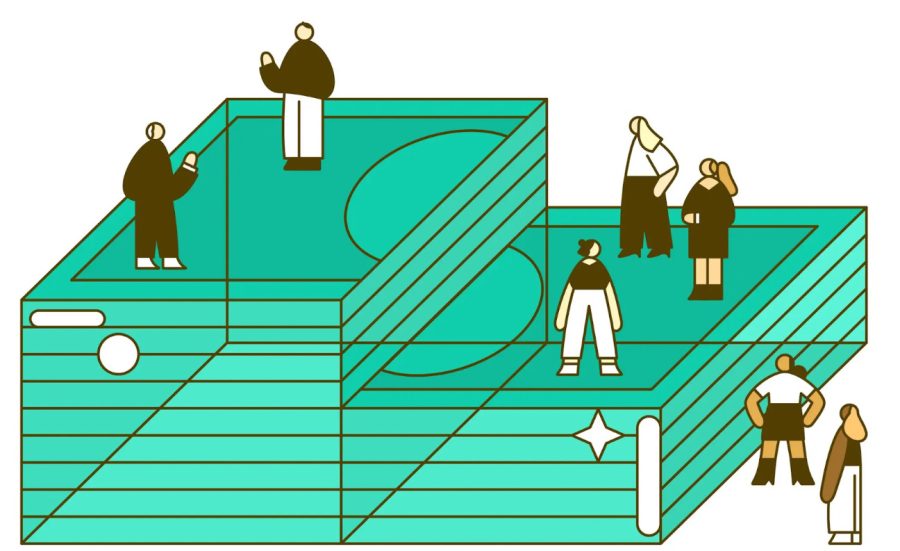Does the gender wage gap exist?
January 31, 2022
Since women’s suffrage in the nineteenth and twentieth centuries, there have been more and more women entering the workforce and pursuing higher education. Despite that, discrimination is ever still present in the labor force with women, most prominent being the wage gap.
According to data from the Census Bureau in 2018, women of all races earned an average of 82 cents to every dollar a man made. This data is based on earnings across multiple industries.
There is an even larger wedge when it comes to women of color. The US Census Bureau also shows, but does not reflect the individual experiences of women, the wage gaps between a white man and women of different races. Asians make 90 cents to every dollar a white man makes, Black people earn 62 cents and Hispanic or Latino women earn 54 cents.
There are many factors that are to blame for this gap and it starts with societal expectations regarding gender roles. Occupational segregation is when men are in higher-paid industries and women are in lower-paid industries due to gender norms, according to an article by the Center of American Progress. “Women’s jobs” that include a female-majority workforce usually offer lower pay than “men’s jobs” with male-majority workforces. Similarly, vertical segregation is when there are fewer women in higher positions that overall are better paying.
Discrimination is especially prominent, says the Center of American Progress, in workplaces where open discussion for wages is discouraged. Employers may pay based on previous salary and for women, this may be influenced by even more discrimination that follows them from job to job. Essentially, a never-ending cycle.
A few cents may not seem like much, but in retrospect, it can have huge impacts on a woman later on in life. According to the American Association of University Women, “As a result of lower lifetime earnings, they receive less in Social Security and pensions.” The average full-time woman working would earn $10,194 less than her male counterpart. So this difference is really much larger than what it seems.
Many also argue that the wage gap does not actually exist. CNBC says that four in 10 Americans believe it is not real. About 46 percent of the surveyed men and 30 percent of the women believed that it had been made up for “political purposes” or did it was “fake news”. They say that “women are generally in careers that do not pay as much”.
The fault is in the way that the information is presented. “I think some people get it wrong that [the pay gap] is all about discrimination against women, and another group of people get it wrong, that it has nothing to do with discrimination,” says Gary Burtless from Brookings Institution.
To correct this wage gap, one of the things that can be done would be to help more people understand what the wage gap is and its actual impact. There also needs to be an updated equal pay legislation, like the Paycheck Fairness Act. But overall, society as a whole needs to address its issue with gender norms and cultural biases.
With the right measures, women and men could be working for equal pay much sooner than what’s expected.































